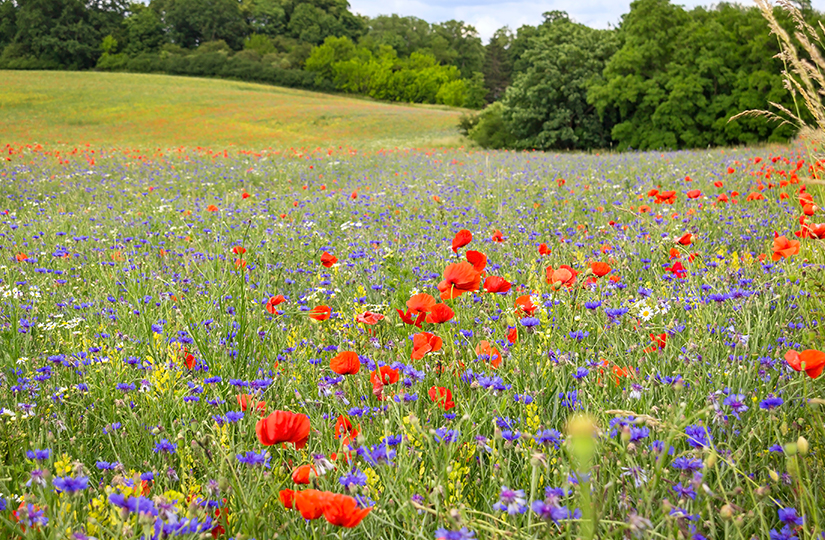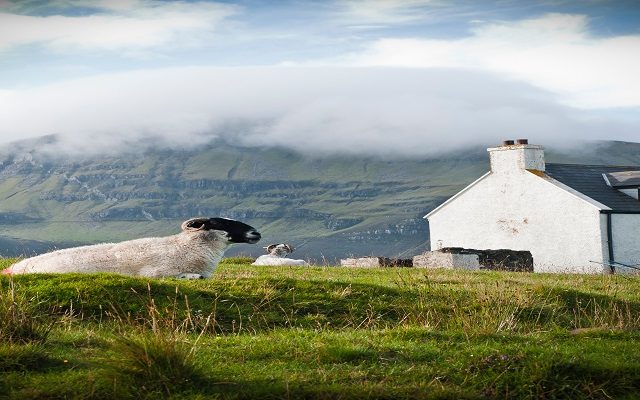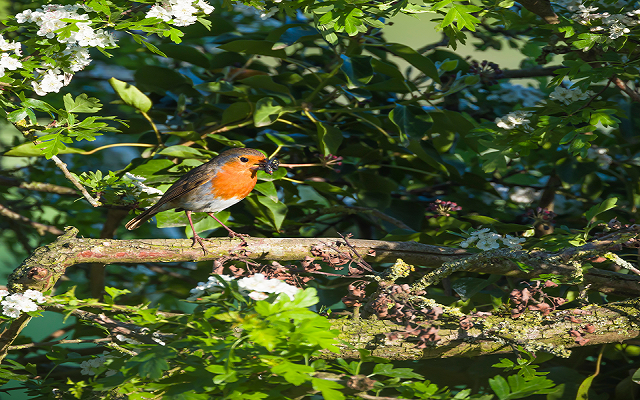Land Business Update | Week Commencing 22nd August
Welcome to our update on key land management, farming, planning and energy issues.
FARMING
Managing in hot weather
The governments in England and Wales have revised or issued guidance for farmers and land managers:
- England – keeping farm animals and horses in extreme weather – updated guidance is here. It covers caring for animals, transportation and providing water.
- England – derogations from some agri-environment scheme requirements. They are similar to those in 2018. NB On protected sites, like SSSIs, Defra recommends contacting Natural England before any management changes are made.
- England – how to help young trees survive prolonged hot dry weather – a Forestry Commission blog is available here and they have also reminded agreement holders that the ‘force majeure’ clause in agreements could be utilised. NB It can take time to see the full effects of hot weather but, if you have any concerns, the Commission recommends contacting them as soon as possible.
- Wales – keeping and transporting animals in hot weather – guidance is here.
Agri-environment measures boost wildlife populations
The majority of bird and butterfly species do better (by 33% and 40% respectively) on land with high quality agri-environment measures than on similar land without them. These are the really positive results from the longest-running monitoring study of its kind, carried out by UKCEH, one of the UK’s leading environmental research institutes, on the Hillesden Estate in Buckinghamshire: Although 1–5% of land was taken out of production and replaced with habitats, the overall tonnage of crops produced was maintained and even enhanced for some crops. Key to success is that the agri-environment scheme design is informed by expert environmental and agronomic advice and it is then managed properly.
A new eco-label by Red Tractor
Red Tractor is launching a six-month pilot for its new eco-labelling scheme, aiming to measure Scope 3 emissions on farms, taking in consideration biodiversity, water use and soil health. The intention is to provide a new industry baseline which retailers can use instead of developing their own label, as has been done by Lidl and Tesco. The need to further understand and communicate the environmental impact of food products was at the centre of a separate project by Oxford researchers. They assessed food products based on four criteria: greenhouse gas emissions, land use, water stress and eutrophication potential. They found that the most nutritious foods were, in most cases, the best for the environment. For example, highly processed meat products such as sausages have a higher environment impact than fruit. Although stemming from good intentions, the new Red Tractor label could be just another one among many, bringing more confusion and incurring additional expenses to farmers without benefits to them.
FORESTRY
Inspecting woodland for pests and diseases
With an increasing number of tree pests and diseases, it can be difficult to know what to look out for and when. The Observatree project has produced a helpful calendar that helps with this. It has many – but not all – of the pests. The Ips beetle is certainly one to look out for now, especially in south east England where the demarcation area applies, which restricts how Norway spruce can be managed and how timber from the Picea genus can be moved. Drought conditions will only stress Norway spruce further. Late summer is an ideal time to look out for stressed Norway spruce, weak looking ash trees and oak processionary moths. It is also a time to double check that biosecurity procedures are understood and biosecurity kits are well stocked and being used. If you would like to discuss pests and diseases or setting up an inspection regime, please contact Hugh Williams in our forestry team.
S&P responds to Defra’s deer control consultation
Reduce the impacts of deer on the natural environment is important as deer numbers are estimated to have quadrupled in the UK since the 1970s and are now at their highest levels for 1,000 years. In many places this is having a significant impact on young trees and woodlands. S&P has submitted a response to the consultation and we strongly agreed with the proposals as they were set out. Our response also included some suggestions for kerbing deer populations through birth control mechanisms similar to grey squirrel management, trapping and humane dispatch, and improvement in night shooting licence availability and processing. We agreed that all stalkers should reach a minimum standard of training before they are allowed to control deer, although this may reduce the number of stalkers willing to pay and train to this standard. Please contact Julian Williams in our forestry team if you would like to discuss deer control.
Property and rural economy
Environmentally friendly residential properties demand is on the rise
Green features in homes are increasingly attracting the attention of home-hunters, as high-energy efficiency homes become more desirable in the face of climate change and government policy towards net-zero. The recent Rightmove Green Homes report has found that EPC C rated houses are selling at a price 16% higher compared to EPC F rated houses and there are 73% mentions of green features in property listings than in 2020. The top three drivers for home owners behind adopting energy efficiency measures are reduced energy bills, improved insulation and a reduced carbon footprint. However, the report also found that 25% of landlords didn’t know the EPC rating of their rental properties. Those who are aware find that the cost of improving EPC ratings can make it hard to get a return on investment and many prefer to sell their portfolios.
Retrofitting needed otherwise England’s housing strategy will blow entire carbon budget
Linked to the above article, an interesting new study from the University of Kent has found that the UK will only stay within its carbon budget to stay below 1.5oC warming if existing houses are retrofitted and housing is used more efficiently, which includes reducing the number of second / third homes. If houses continue to be built with current methods, and there is no change in the rate at which homes are made more energy efficient, then the housing system would use up 104% of the country’s cumulative carbon budget by 2050. The researchers say that the findings highlight how drastic the problem is and how ambitious the solutions actually have to be.
Electric vehicle charging points to be installed at all new buildings in Scotland
The Scottish Government is planning to introduce legislation that requires all new residential properties with at least one parking space have a charging point and all non-residential buildings to have at least one charging point for every ten parking spaces. This change in policy comes as there are concerns that too few charging points are being installed; there are currently fewer than 3,000 in Scotland and fewer than 400 were installed in 2021. Friends of the Earth has said that the government should prioritise more charging points in high streets and train stations in more rural areas, as well as giving families and small businesses support to buy less polluting vehicles. The previous transport minister predicted there would be 500,000 to 1 million electric cars in Scotland by 2030. To charge them, Transport Scotland has estimated that as many as 100,000 charging points would be needed.






